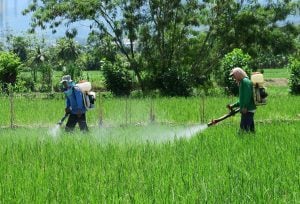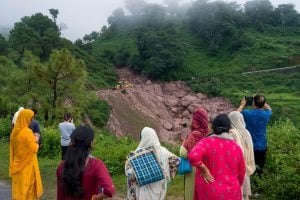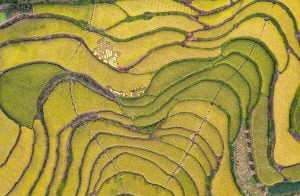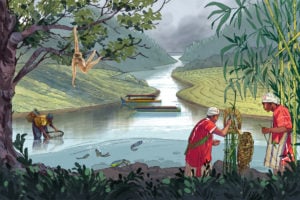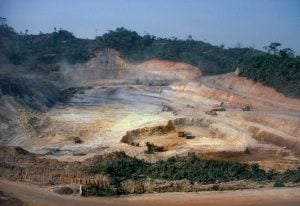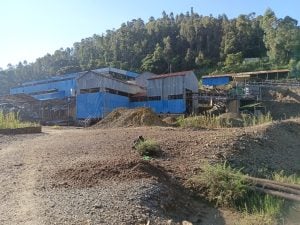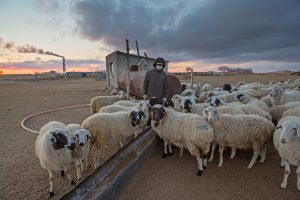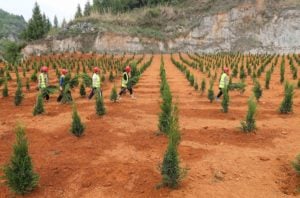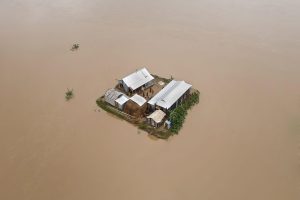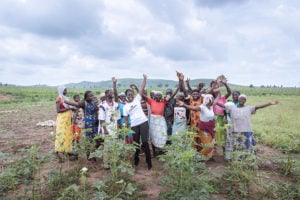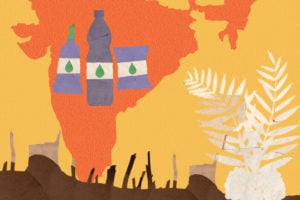Energy, cash and climate shape talks over the giant Itaipu dam
After 50 years, the treaty on Brazil and Paraguay’s shared dam is up for renewal. A deal is close, but frictions and questions for the future remain
Latest stories
Must reads

Get the Dialogue Earth stories that matter to you, straight to your inbox
Newsletters
The Salween explained: Asia’s last great undammed river
We examine Southeast Asia’s largest free-flowing river, as it navigates competing interests between the countries it spans, and discuss Myanmar’s military junta’s role in shaping its future

Photo story
Acción Andina: The NGO on a quest to reforest the Andes
The organisation’s Earthshot Prize-winning approach prioritises ancestral knowledge and has seen nearly 10 million trees planted across South America
Highlights
‘Nothing is left’: A Brazilian city bears the environmental scars of salt mining
After five decades of extraction in Maceió, houses sink and crack, and fishers struggle. A new investigation in congress may bring justice
Two Sessions: What it means for China’s climate policy in 2024
China’s most important political meetings show balancing act between economic growth and emissions control
Uruguay’s navy looks to shine a light on ‘dark fishing’
Military says new ships and equipment will help it fight the scourge of illegal activity
How a Nigerian ecofeminist grew a climate movement
After witnessing the violent impacts of warming, Oladosu Adenike started a national movement empowering young people to take action
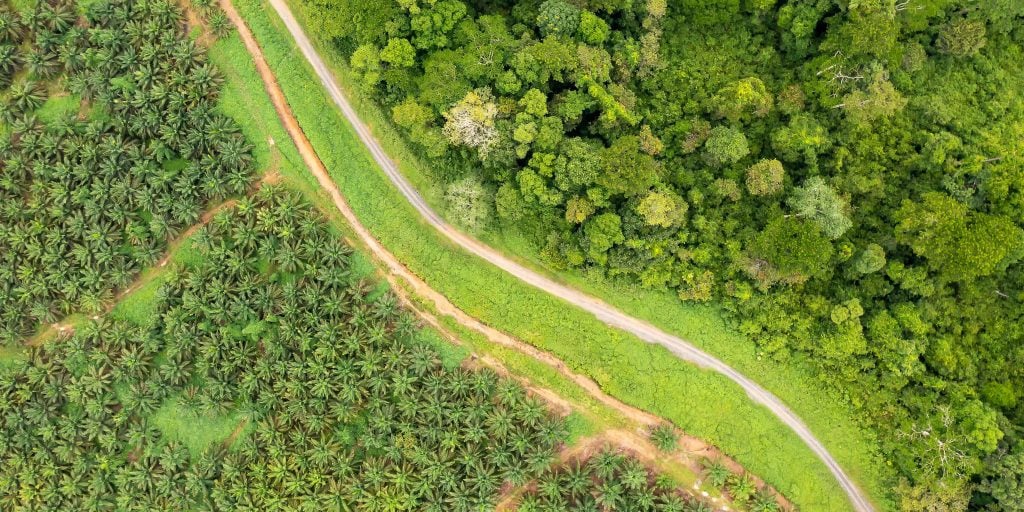
Palm oil: a Dialogue Earth reporting project
Explore our in-depth coverage




